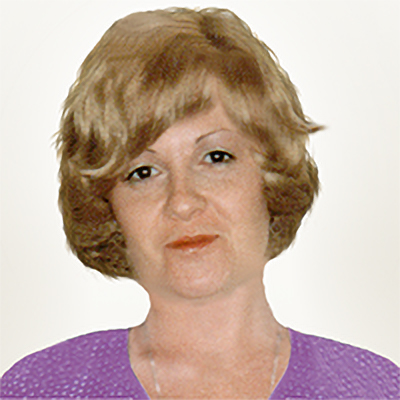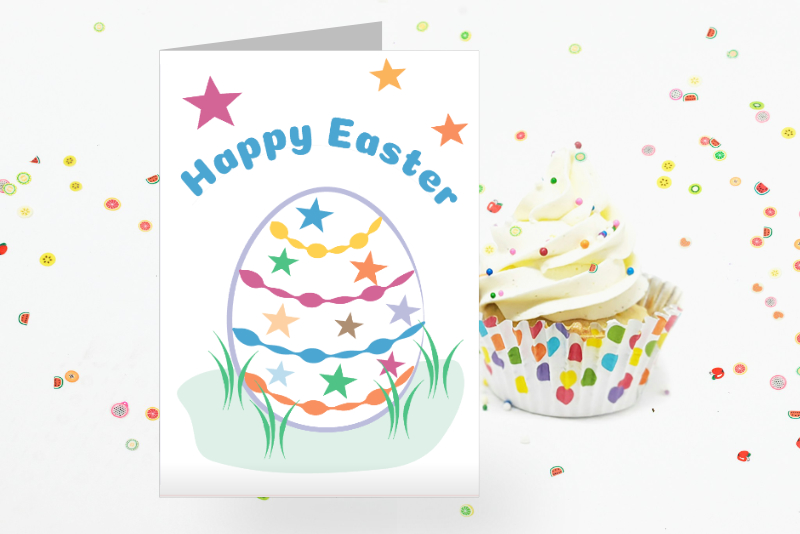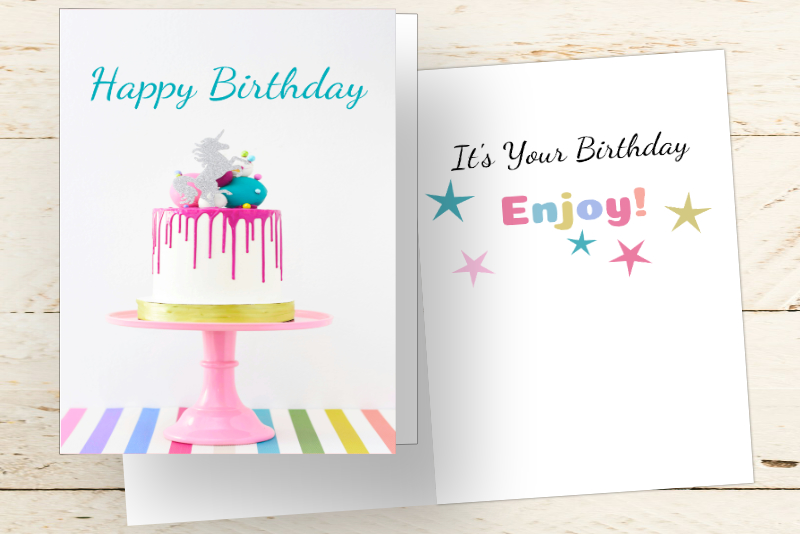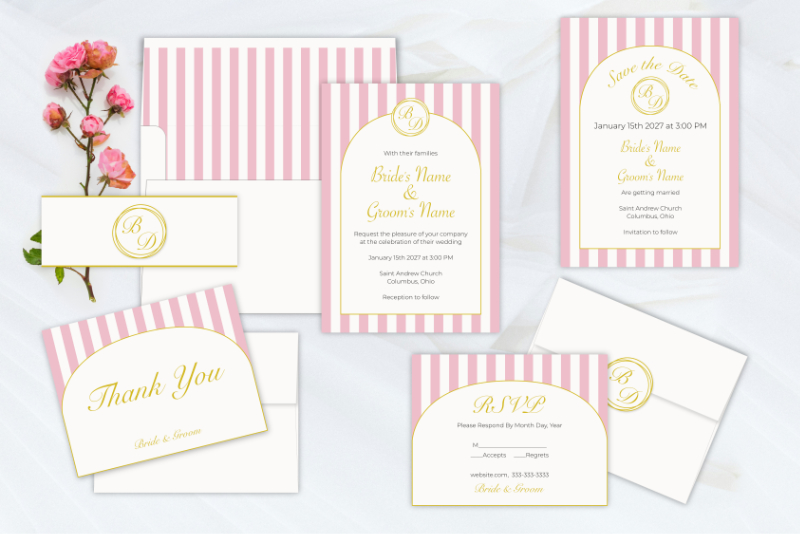Project Graphics - Blending Photos in Photoshop

Recently I wrote a tutorial for creating a YouTubeR holiday message AppleR MotionR video. I though that you might like a walk through for how the graphics were created.
As you can see from the video below, this holiday message has moving or animated text, along with a few twinkling lights. These twinkling lights were easy to draw with Motion's Circle tool and to animate with Motion Behaviors. However, I created the rest of the graphics in a one-layer Photoshop file. Yes, you can import layered PhotoshopR files and Motion will maintain the layer hierarchy. So let's see how this was done, beginning with the background graphic.
Our first step is to set up the background layer, which was created from several copies of the same Bokeh lights photo obtained from publicdomainpictures.net. The original photo was 1280 x 853 pixels and we wanted our video to have a 1920 x 1080 resolution. So we needed to duplicate the original photo and blend them together.
The snow had a subtle pattern flowing upward and to the right. Since I had to use two copies for my background, I decided to flip the second horizontally. Once placed side-by-side, the patterns in the snow pointed toward the center, which will draw the viewer's eye to the point of interest in our scene.
Next I overlapped two photos so that the draping pattern in the Bokeh lights continued across both photos without an obvious break. Once I had the top photo overlapping correctly, I used a soft edged eraser brush to remove the overlapping section of the top photo. By using an eraser brush with the Hardness set to zero, it was easy to erase the hard side edges and blend the Bokeh pattern in the two photos into one continuous pattern. I repeated this same technique for the overlapping snow sections.
That took care of the width of our video background but the height is still 853. So I added more snow at the bottom edge by merging the two photos together and then duplicating the photo layer. I then dragged the photo underneath downward to fill the empty space. At this point, I removed the hard bottom edge and blended the snow layers together with the same soft eraser technique.
To finish the graphic, I wanted to add a green bell into the snow. This bell was selected and removed from its photo's white background. Once placed into position, I used that soft edge eraser again to remove the bottom of the bell, giving the illusion that bell was setting in the snow.
Now that we have our background ready for the video, merge the layers into one background layer.
Christmas Bell
https://www.publicdomainpictures.net/view-image.php?image=28828&picture=christmas-bell
Christmas Background
https://www.publicdomainpictures.net/view-image.php?image=1549&picture=christmas-background
Tutorial Example:
Copyright 2018 Adobe Systems Incorporated. All rights reserved. Adobe product screen shot(s) reprinted with permission from Adobe Systems Incorporated. Adobe, Photoshop, Photoshop Album, Photoshop Elements, Illustrator, InDesign, GoLive, Acrobat, Cue, Premiere Pro, Premiere Elements, Bridge, After Effects, InCopy, Dreamweaver, Flash, ActionScript, Fireworks, Contribute, Captivate, Flash Catalyst and Flash Paper is/are either [a] registered trademark[s] or a trademark[s] of Adobe Systems Incorporated in the United States and/or other countries.
As you can see from the video below, this holiday message has moving or animated text, along with a few twinkling lights. These twinkling lights were easy to draw with Motion's Circle tool and to animate with Motion Behaviors. However, I created the rest of the graphics in a one-layer Photoshop file. Yes, you can import layered PhotoshopR files and Motion will maintain the layer hierarchy. So let's see how this was done, beginning with the background graphic.
Our first step is to set up the background layer, which was created from several copies of the same Bokeh lights photo obtained from publicdomainpictures.net. The original photo was 1280 x 853 pixels and we wanted our video to have a 1920 x 1080 resolution. So we needed to duplicate the original photo and blend them together.
The snow had a subtle pattern flowing upward and to the right. Since I had to use two copies for my background, I decided to flip the second horizontally. Once placed side-by-side, the patterns in the snow pointed toward the center, which will draw the viewer's eye to the point of interest in our scene.
Next I overlapped two photos so that the draping pattern in the Bokeh lights continued across both photos without an obvious break. Once I had the top photo overlapping correctly, I used a soft edged eraser brush to remove the overlapping section of the top photo. By using an eraser brush with the Hardness set to zero, it was easy to erase the hard side edges and blend the Bokeh pattern in the two photos into one continuous pattern. I repeated this same technique for the overlapping snow sections.
That took care of the width of our video background but the height is still 853. So I added more snow at the bottom edge by merging the two photos together and then duplicating the photo layer. I then dragged the photo underneath downward to fill the empty space. At this point, I removed the hard bottom edge and blended the snow layers together with the same soft eraser technique.
To finish the graphic, I wanted to add a green bell into the snow. This bell was selected and removed from its photo's white background. Once placed into position, I used that soft edge eraser again to remove the bottom of the bell, giving the illusion that bell was setting in the snow.
Now that we have our background ready for the video, merge the layers into one background layer.
Christmas Bell
https://www.publicdomainpictures.net/view-image.php?image=28828&picture=christmas-bell
Christmas Background
https://www.publicdomainpictures.net/view-image.php?image=1549&picture=christmas-background
Tutorial Example:
Copyright 2018 Adobe Systems Incorporated. All rights reserved. Adobe product screen shot(s) reprinted with permission from Adobe Systems Incorporated. Adobe, Photoshop, Photoshop Album, Photoshop Elements, Illustrator, InDesign, GoLive, Acrobat, Cue, Premiere Pro, Premiere Elements, Bridge, After Effects, InCopy, Dreamweaver, Flash, ActionScript, Fireworks, Contribute, Captivate, Flash Catalyst and Flash Paper is/are either [a] registered trademark[s] or a trademark[s] of Adobe Systems Incorporated in the United States and/or other countries.

Related Articles
Editor's Picks Articles
Top Ten Articles
Previous Features
Site Map
Content copyright © 2023 by Diane Cipollo. All rights reserved.
This content was written by Diane Cipollo. If you wish to use this content in any manner, you need written permission. Contact Diane Cipollo for details.







